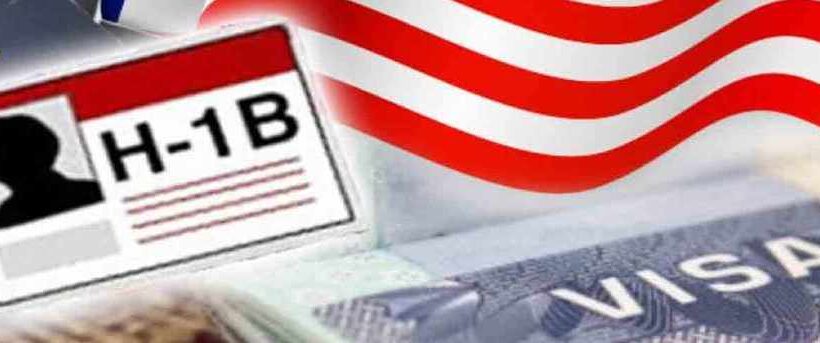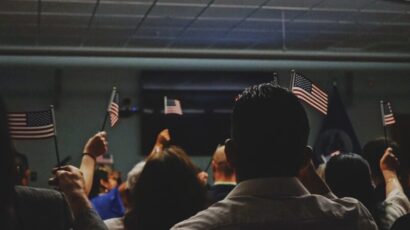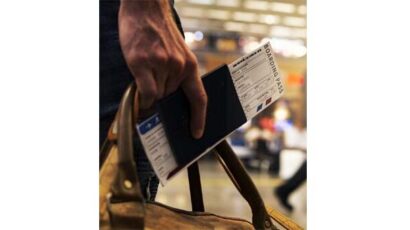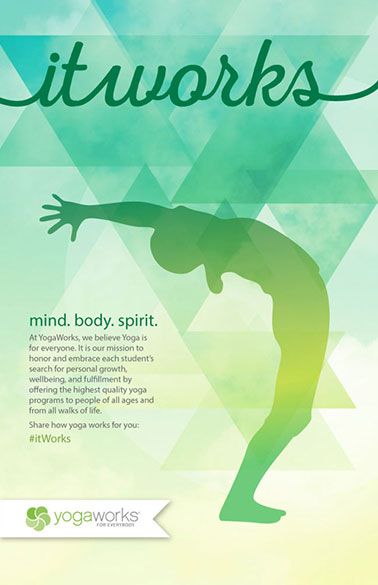US Labor Department seeks public feedback on determining wage level of H-1B visa workers

The US Department of Labor has sought feedback from the public in the next 60 days on determining the wage levels for the employment of various immigrants and non-immigrants, including those on the H-1B visas, the most sought-after work visa among Indian professionals, PTI reports.
According to the report, the H-1B visa is a non-immigrant visa that allows the US companies to employ foreign workers in speciality occupations that require theoretical or technical expertise. The technology companies depend on it to hire tens of thousands of employees each year from countries like India and China.
In a federal notification published on Friday, the US Department of Labor urged the public to respond to its request in the next 60 days.
The request by the department’s Employment and Training Administration follows a prior announcement by the department proposing an 18-month delay in the effective date of a final rule changing on calculating the prevailing wage levels for certain immigrants and non-immigrant workers.
Published in January 2021, the final rule affects employers seeking to employ foreign workers on a permanent or temporary basis through certain immigrant visas or through H-1B, H-1B1 and E-3 non-immigrant visas. While the E-3 visa is one for which only citizens of Australia are eligible, the H-1B1 visa is for people from Singapore and Chile, the report said.
According to PTI, the proposed delay will give agency officials sufficient time to compute and validate prevailing wage data covering specific occupations and geographic areas, complete necessary system modifications and conduct public outreach. The rule is a carry-over from the Trump administration, which had proposed revisions mandatory salaries after losing a court battle to organisations including the Bay Area Council over an initial version.
According to the Department of Labor, the proposed rule’s delay in effective date will result in the reduction of transfer payments in the form of higher wages from employers to H-1B employees. Additionally, the proposed rule would delay the potential for deadweight losses to occur in the event that requiring employers to pay a wage above what H-1B workers are willing to accept results in H-1B caps not to be met, it said.
The Department has observed that the annual H-1B cap was reached within the first five business days each year from fiscal 2014 through fiscal 2020.
In February, the US Citizenship and Immigration Services, the federal agency which screens and allocates H-1B applications, said it received a sufficient number of petitions needed to reach the Congressionally-mandated 65,000 H-1B visa regular cap and the 20,000 H-1B visa US advanced degree exemption, known as the master’s cap, for fiscal year (FY) 2021.
The Biden administration in February announced that it was delaying the H-1B policy of the previous Trump administration on the allocation of the popular foreign work visas by continuing with the lottery system until December 31, 2021, to give the immigration agency more time to develop, test and implement the modifications to the registration system.
On January 7, the USCIS announced to do away with the traditional lottery system in deciding the successful applicants for the H-1B visas. The Trump-era rule was scheduled to go into effect on March 9, the PTI report said.















